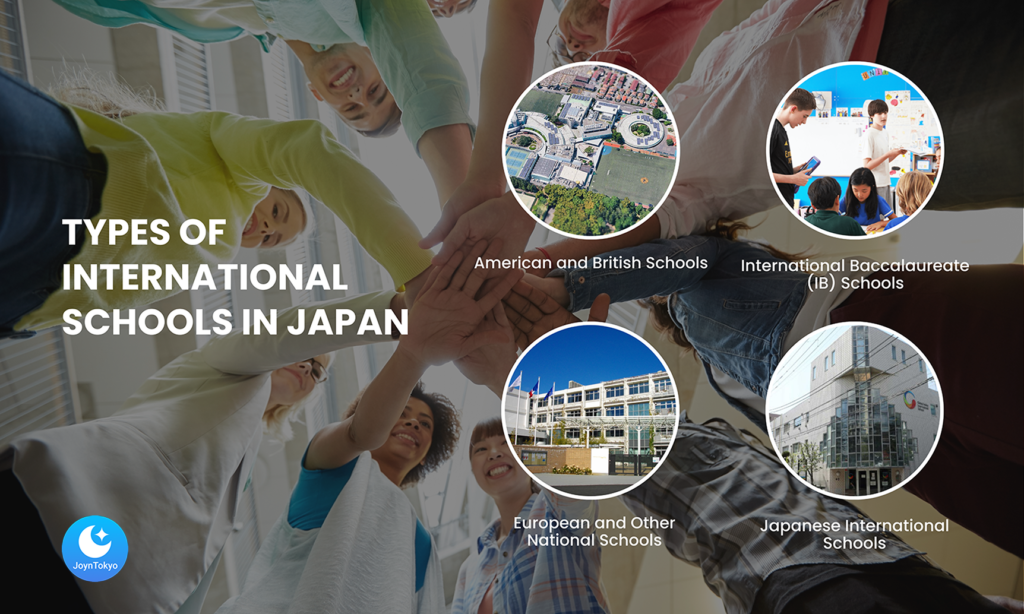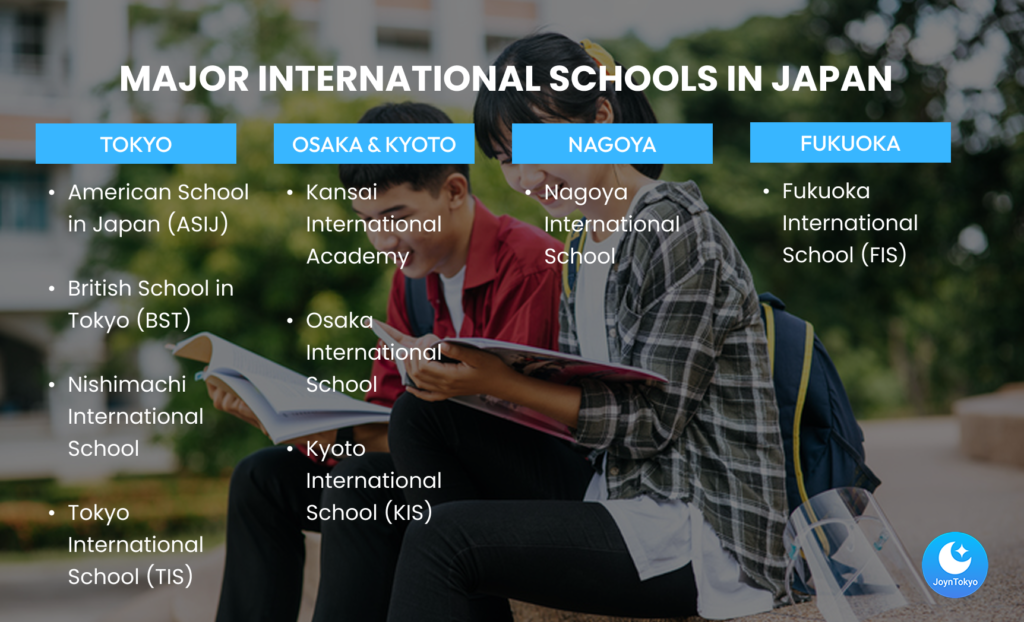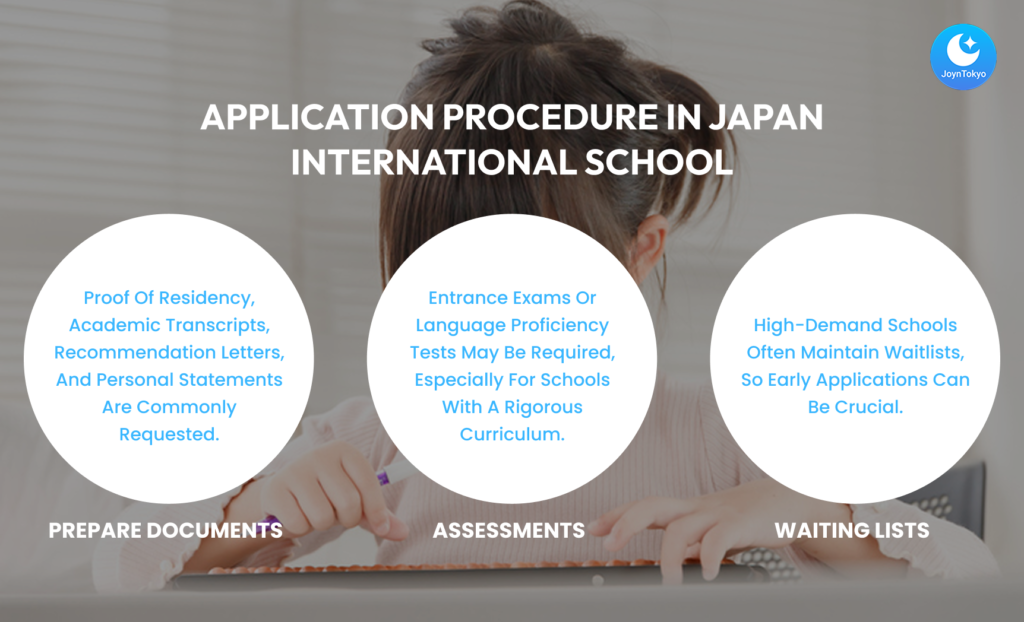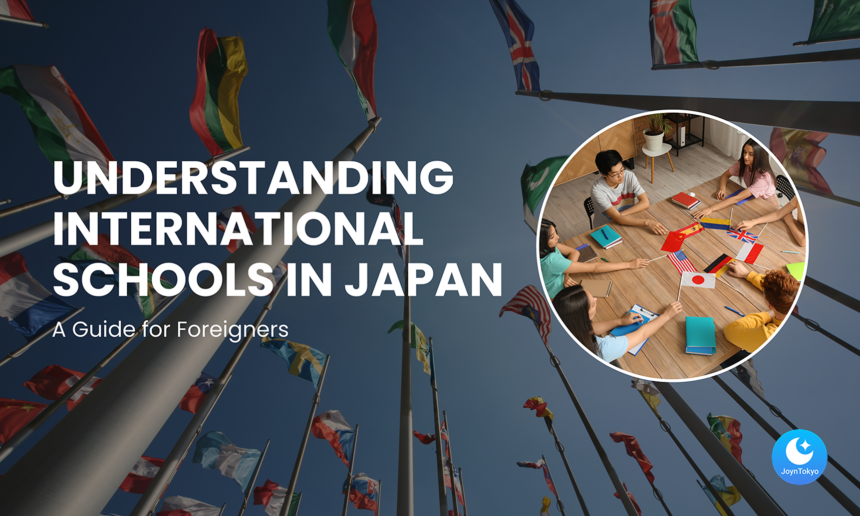International schools in Japan offer an alternative educational path for foreign residents and globally-minded families. Whether you are moving to Japan or already living here, understanding the landscape of international schools is essential for making informed decisions about your child’s education. We’re going to cover the types of international schools available, their locations, admission processes, and key considerations—using helpful resources like the Japan Council for International Schools (JCIS)—for choosing the right school. For a broader overview of the Japanese education system, also see our related article, [D] Understanding the Japanese School System: A Guide for Foreigners.
Understanding International Schools in Japan
International schools in Japan cater primarily to expatriate families, returnee students (kikokushijo/帰国子女), and Japanese families seeking an international education. They offer curricula from various countries, such as the United States, the United Kingdom, or the International Baccalaureate (IB), offering an alternative to the Japanese education system. They also emphasize bilingual or multilingual education, diverse cultural perspectives, and globally recognized qualifications that can help students transition smoothly to universities worldwide.
Types of International Schools

- American and British Schools American and British international schools follow their respective national curricula, including Advanced Placement (AP) programs and the British National Curriculum with International General Certificate of Secondary Education (IGCSE) and A-Level options. Schools such as the American School in Japan (ASIJ) and the British School in Tokyo (BST) are among the most prestigious in this category. These schools often have well-established alumni networks and offer extensive extracurricular activities, such as competitive sports and performing arts programs.
- International Baccalaureate (IB) Schools Many schools in Japan offer the IB curriculum, which focuses on critical thinking, global perspectives, and community service. The IB is structured into three programs: the Primary Years Programme (PYP), the Middle Years Programme (MYP), and the Diploma Programme (DP). Notable IB institutions include the Tokyo International School (TIS) and K. International School Tokyo (KIST). The IB Diploma is highly regarded by universities worldwide, as it is known for preparing students for rigorous academic environments.
- European and Other National Schools Some international schools cater specifically to European or other national communities, offering French, German, Indian, or other country-specific curricula. Examples include the Lycée Français International de Tokyo and the Deutsche Schule Tokyo Yokohama. These schools help students maintain fluency in their native language while providing a multicultural environment.
- Japanese International Schools Japanese international schools serve returnee students and those seeking a bilingual education. These institutions balance Japanese educational values with global perspectives. Examples include the Global Indian International School (GIIS) and Laurus International School of Science, which often integrates STEM-focused curricula and emphasizes technological literacy alongside traditional academics.
Locations of Major International Schools

Japan’s international schools are primarily concentrated in larger cities, though many regions now have at least one accredited institution. Checking membership in organizations like JCIS can help you verify school quality and accreditation.
Tokyo
Tokyo has the highest number of international schools, often located in areas such as Minato, Shibuya, and Chofu. Institutions include:
- American School in Japan (ASIJ)
- British School in Tokyo (BST)
- Nishimachi International School
- Tokyo International School (TIS)
Osaka & Kyoto
Osaka and Kyoto also offer a range of international schools, typically near major expat communities, including:
Nagoya
Nagoya, a significant industrial and economic hub, has:
Fukuoka
The city of Fukuoka in Kyushu also has an international school:
Admission Process and Academic Calendar
International schools in Japan generally follow either a Western academic calendar (August/September start) or the Japanese academic calendar (April start). Some also offer rolling admissions depending on available places.
Application Procedure

- Prepare Documents: Proof of residency, academic transcripts, recommendation letters, and personal statements are commonly requested.
- Assessments: Entrance exams or language proficiency tests may be required, especially for schools with a rigorous curriculum.
- Waiting Lists: High-demand schools often maintain waitlists, so early applications can be crucial.
Tuition Fees and Financial Considerations
Annual tuition fee range from ¥1.5 million to over ¥3 million, plus additional costs like enrollment fees, extracurricular activities, and transportation. Some schools have scholarships and financial aid programs, and many employers include education support in expatriate relocation packages.
Choosing the Right International School
Selecting the best school involves balancing curriculum quality, location, costs, and community fit. Below are some things you will need to think about before you make your decision.
Key Considerations
- Curriculum and Accreditation: Ensure the program aligns with your child’s goals and is accredited by recognized bodies like the Council for International Schools, Western Association of Schools and Colleges, or JCIS.
- Extracurricular Activities: Clubs, sports, music, and leadership opportunities contribute to holistic education.
- School Community and Culture: Think about the importance of diversity, faculty experience, and support services such as counseling and mentorship.
- Location and Transportation: Daily commute or school-provided bus services can affect your family’s routine.
- Parental Involvement: Parent-teacher associations and school events can foster a supportive environment for both parents and students.
- Class Sizes and Teacher-to-Student Ratio: Smaller classes usually allow teacher to provide more individualized attention to their students.
- University Placement and Alumni Network: Check the school’s track record for university admissions and how closely alumni are engaged by the school.
School Selection Checklist
- Does the curriculum match your child’s educational goals?
- Are language support or Japanese programs available if needed?
- What extracurricular clubs are on offer?
- Is the location convenient for your daily routine?
- Are tuition and other fees manageable, and is financial aid available?
- Does the school help with transitions between education systems?
- How many students are there per class?
- Does the school have a strong record for university placement?
Final Thoughts on International Schools in Japan
International schools provide a valuable educational experience for both foreign families and globally minded Japanese households. Understanding the different schooling styles, their locations, application procedures, and key selection factors—alongside official resources like JCIS—will help you can make a well-informed decision. Open house events, trial classes, and discussions with current families can also help you to know which institution best matches your child’s academic and personal growth needs. We wish the best of luck to you and your family!

